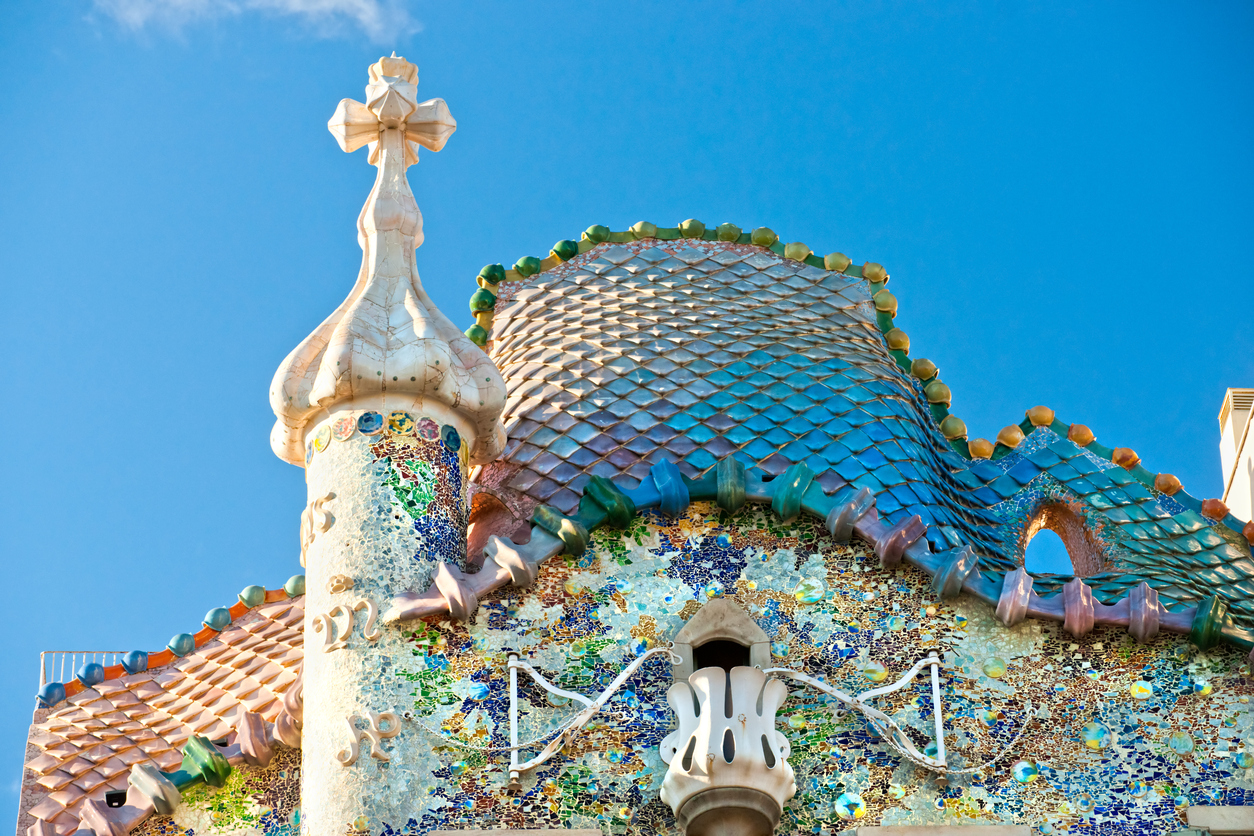Europe is a treasure trove for art lovers, its cities overflowing with classical and contemporary collections by the great masters of art history. From iconic museums and galleries, to Renaissance sculptures and Gothic architecture, these cities are the guardians of Europe’s greatest masterpieces.
PARIS
As the birthplace of bohemia, Paris has thrived on the romantic notions of struggling artists gravitating towards the city. Many of these artists became some of the world’s most influential, responsible for starting the Impressionism, Cubism and Surrealism movements, and there are so many museums and galleries here today that choosing those most worthy of your time can be a daunting task. Of course, Le Louvre is a must visit, if only for the Mona Lisa and a glass pyramid exterior as impressive as the treasures contained within. The Musée d’Orsay on the Seine’s Left Bank displays the world’s largest collection of Impressionist, Post-Impressionist and Art Nouveau works, including those of masters such as Monet, Cézanne, Renoir and Van Gogh. Fans of Paris-born Claude Monet can also make the pilgrimage to Monet’s Garden in Giverny, where the gardens, ponds, bridges and plants which inspired his most famous lily compositions are beautifully preserved.
ROME
It is difficult to throw a stone in Rome without it grazing the surface of a masterpiece. This is where art’s greatest masters came to practice their craft during the second half of the 15th century and Michelangelo, Caravaggio, Raphael and Bernini are just some of the names who have left their mark on this living, breathing museum. There are of course countless museums and galleries in Rome, but art surrounds you wherever you walk, from the Ancient Roman Colosseum and the Pantheon, to opulent Byzantine basilicas and ornate Renaissance churches, including the stunning St Peter’s Basilica. When it comes to painted masterpieces, the Vatican Museum houses one of the greatest classical art collections in the world amidst its maze of hallways and corridors, including one of the most famous classical Renaissance pieces ever created, Michelangelo’s jaw-dropping frescoed ceiling in the Sistine Chapel.
BARCELONA
There is more to Barcelona than copious amounts of sun, sea and sangria. Indeed, it is barely possible to walk a mile in the Catalan capital without stumbling upon the work of Antoni Gaudí and his child-like imagination, his colourful creations capable of mesmerising even those who never gave architecture much thought. Casa Batlló is a beautiful multi-coloured testament to a man who ceased to take life too seriously, as is the hugely popular Parc Güell and work-in-progress, La Sagrada Familia. Despite being ten years from completion, the interior of this Roman Catholic church is already incredible. Aside from Catalonia’s most famous son, Barcelona brims with art and culture elsewhere, too. Works by the city’s homegrown artist, Joan Miró, can be found in various locations, whilst the Museu Picasso is a highlight of the atmospheric Gothic Quarter. The Museu Nacional d’Art de Catalunya is also a must-see, displaying a dizzying collection of works spanning a thousand years.
FLORENCE
The birthplace of the Renaissance, Florence is famed for its sculptures, cathedrals and the elaborate palaces of the Medici family. The Duomo is Florence’s most iconic landmark, thanks to its pink, white and green marble façade and a spectacular Renaissance cupola designed by Filippo Brunelleschi. The city’s piazzas, cathedrals, churches and statues are an outdoor art gallery in themselves, free to admire on a roam around the Tuscan streets. That said, some of the world’s most exceptional examples of Renaissance art are contained within the walls of Florence’s galleries. The Uffizi Gallery is world-renowned as the home of Botticelli’s ‘Birth of Venus’, Leonardo da Vinci’s ‘The Annunciation’ and Michelangelo’s ‘Tondo Doni’. The Galleria dell’Accademia also houses some of Michelangelo’s most notable works in its ‘Hall of the Prisoners’, where masterpiece ‘David’ stands proud amongst slaves left unfinished and abandoned in order for the artist to begin work on the Sistine Chapel.
